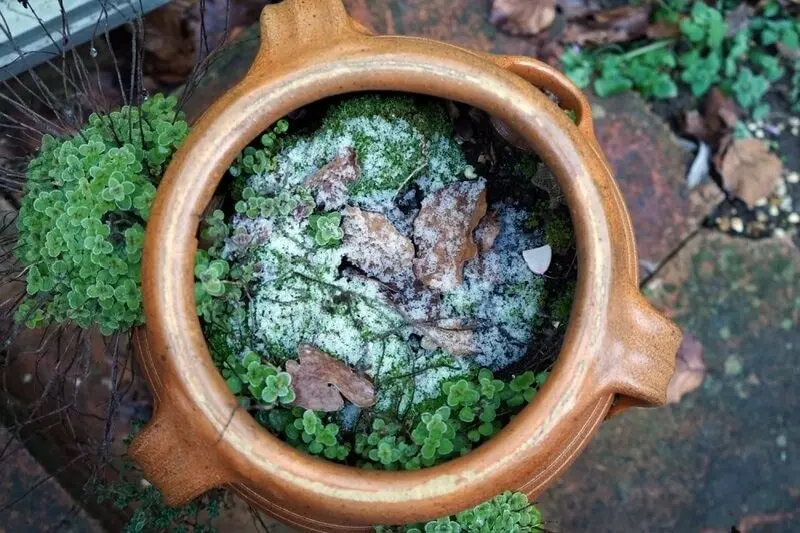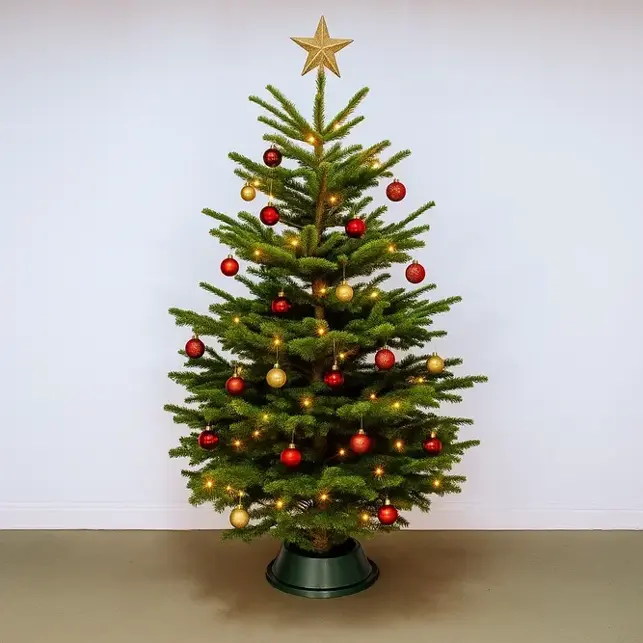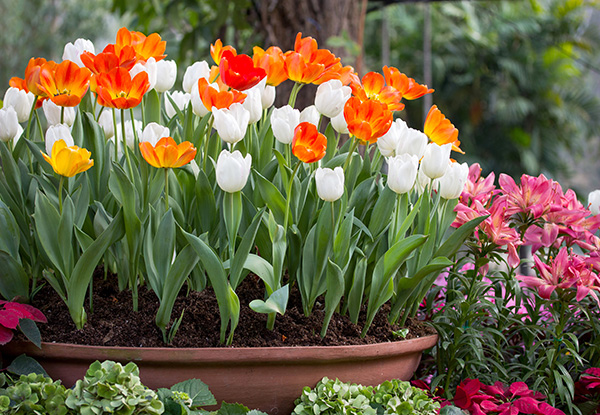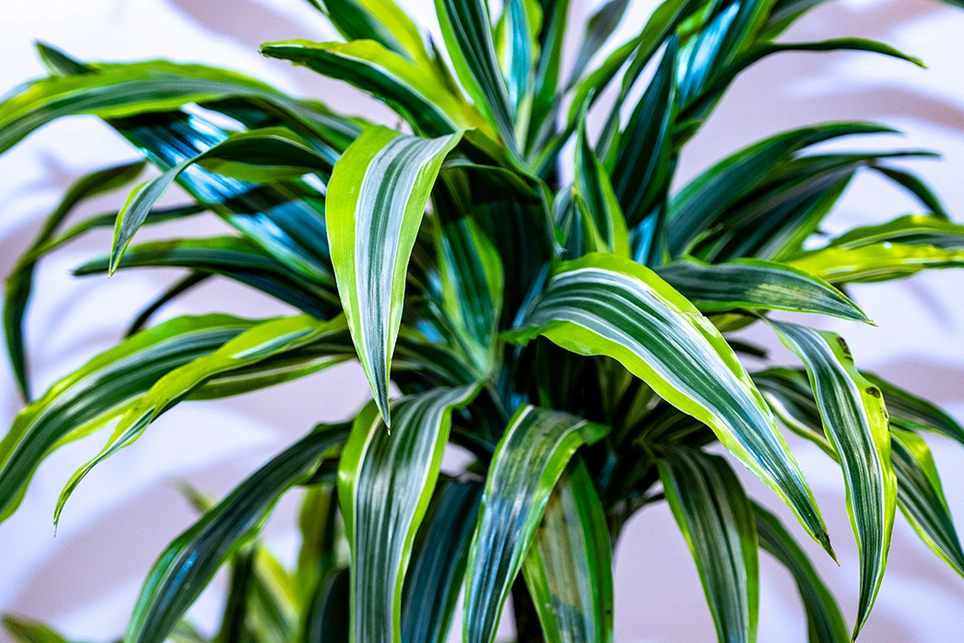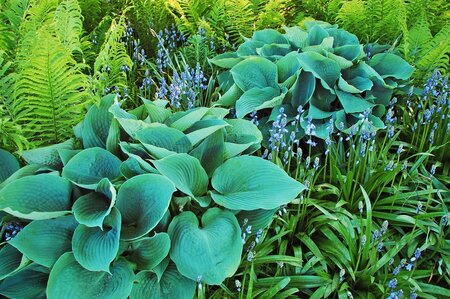
Shady gardens are sometimes seen as a problem, but this doesn’t have to be true. Shady gardens can be just as beautiful as those blessed with sunshine. The emphasis is all on foliage shapes, textures, and the subtle colours of shade-loving plants in the shade. With the right plants, you can turn a shady garden into a cool, tranquil haven to relax in.
Perennials for shade
Perennials add colour to shady spots through both flowers and leaves. Here are some of our favourite perennials for shade.
- Brunnera ‘Jack Frost’ produces delicate sprays of blue forget-me-not flowers in spring, but the real attraction is the silver-marbled leaves that grow larger through spring and summer, lighting up shady areas.
- Heuchera ‘Key Lime Pie’ and ‘Lime Marmalade’ both do well in the shade, with vivid lime-green foliage that works well as an accent in the border all year round.
- Hellebores are a must for every shady garden. They flower in the depths of winter, producing nodding flowers in a range of shades from pale pastels to rich maroon and deep purple. The lobed evergreen leaves make good groundcover all year round.
- Hostas have bold, textured leaves and as well as green-leaved varieties. There are also hostas with blue, golden-yellow and variegated foliage. They combine beautifully with the softer foliage of ferns. The thicker-leaved hosta varieties like ‘Halcyon’ and ‘Blue Mouse Ears’ are slightly more resistant to slug attacks.
Shrubs for shade
Shrubs provide structure in the border, and they’re great for low-maintenance gardens. These reliable shrubs will grow happily in the shade:
- Sarcococca – an unassuming evergreen shrub that flowers in January, producing modest, small white flowers with an incredibly sweet scent.
- Euonymus 'Emerald Gaiety' – a tough, reliable low-growing shrub with variegated green and white evergreen leaves that take on touches of pink in winter. It can be trained as an informal climber or left to grow as a groundcover shrub.
- Hydrangeas – well known for their big mophead or lacecap flowers that add colour to shady spots in mid and late summer. For blue flowers, plant mophead hydrangeas in acid soil; for pink, grow them in alkaline soils.
Ferns for shade
Ferns are ideal for shady gardens, adding texture and architectural interest with their long, delicate fronds. Our top ferns for a shady garden are:
- Polystichum ‘Herrenhausen’ – a spreading evergreen fern with intricately frilled fronds, happy in full shade.
- Dryopteris erythrosora – deciduous, producing gorgeous copper-coloured new fronds each spring that turn green as they mature. It does best in partial shade.
- Athyrium nipponicum, the Japanese painted fern – perfect for damp, shady soil, with green fronds delicately dusted with silver and maroon mid-ribs.
Whatever your garden conditions, we have the right plants to suit them. Visit our centre soon and choose the perfect plants for your garden.




